Top 30 UK Full Fibre Providers by Share of New Build Homes – 2022-23

We’ve today published our second annual summary of the top broadband network operators with the greatest share of the new build homes market, which specifically reflects those that are catering for such developments by deploying Fibre-to-the-Premises (FTTP) broadband ISP technology. This update adds a comparison with last year’s data.
At present, around 98% of new build homes are already being built with support for full fibre (FTTP) infrastructure (here), which is up from 93% when we first conducted this report last year (here) and over 60% in 2017 (here). Just for comparison, more than 45% of all premises across the UK (new builds and existing properties) can also access a full fibre network (Jan 2023 data).
Last year we did something a bit different and – thanks to information provided via Thinkbroadband’s database – attempted to answer the question of which full fibre operators held the greatest market share of the new build homes sector. In order to do this, we opted to focus on new build homes that were built between January 2018 and April 2022, which reflected the period when full fibre started to become the primary focus for UK operators.
This year’s update takes a similar approach, although this time around we’re also going to look at how many new build homes have been built with FTTP support just in the past year (data from Feb 2022 to Oct 2022). We will then compare that with last year’s wider data sample to see how the situation has changed.
In addition, we’ve included an entry for Virgin Media’s Hybrid Fibre Coax (HFC) network for context (this technology also provides gigabit download speeds). We should add that the Government of England already mandates gigabit-capable broadband for almost all new build homes (here), with a few exceptions, and Wales is due to follow (here).
Top 30 Full Fibre Operators for New Build Homes
As before, there are some other caveats with this data. For example, some very recent builds may be too new to have been spotted. This is because it takes a lot of time and effort to identify everything, thus the latest data may sometimes lag a few months behind the reality. In addition, some tiny or individual developments may also be missed (e.g. personal projects or property conversions) and the availability of new postcode data can cause a further lag.
On top of that, Thinkbroadband will only identify live services (i.e. completed builds where consumers can get connected to FTTP via an ISP), but otherwise the table below should, broadly, provide a reasonable reflection of the market. But if any operators want to ensure that all of their new build home sites are being included, then please contact Andrew at Thinkbroadband to help fill in any blanks.
The Top 30 Full Fibre Operators for New Build Homes
| Network Operator | New Build Premises (Jan 2018 to Oct 2022) |
| Openreach (BT) | 763,830 |
| Hyperoptic | 169,463 |
| Virgin Media Cable (HFC) | 160,461 |
| OFNL (GTC / BUUK / IFNL) | 139,180 |
| Virgin Media FTTP (RFoG) | 71,366 |
| FibreNest (Persimmon) | 71,112 |
| Netomnia (YouFibre) | 65,433 |
| KCOM | 27,631 |
| CityFibre | 7,954 |
| Trooli | 6,158 |
| CommunityFibre | 3,309 |
| G.Network | 3,309 |
| Jurassic Fibre | 3,048 |
| ITS Technology | 2,628 |
| Box Broadband (Community Fibre) | 2,255 |
| Gigaclear | 2,127 |
| Fibrus | 2,019 |
| Vispa (formerly BFN) | 1,744 |
| FullFibre Limited (Fibre Heroes) | 1,698 |
| Zzoomm | 1,585 |
| 4th Utility | 1,169 |
| Swish Fibre | 969 |
| Grain | 934 |
| Internetty | 891 |
| Glide | 815 |
| Brsk | 718 |
| Pine Media | 693 |
| F&W Networks (Hey! Broadband etc.) | 611 |
| Lit Fibre | 565 |
| WightFibre | 532 |
| B4RN | 468 |
Overall, it’s no huge surprise to find that Openreach continue to dominate the table, while Hyperoptic and Virgin Media’s legacy cable network follow some way behind. But Virgin Media would be in a stronger second place if this list only looked at gigabit-capable coverage, rather than just full fibre.
We should also add that Virgin Media now has an expanded network partnership with Open Fibre Networks Limited (here), which isn’t reflected in the data above. But this does mean that consumers can often take Virgin’s broadband service on many of OFNLs new and existing sites too.
Now let’s take a look at how things have changed if we only examine the most recent data (we’ve excluded operators with under 50 premises added in this period).
Top 14 Full Fibre Operators for New Build Homes (2022-23)
| Network Operator | New Build Premises (Feb to Oct 2022) |
| Openreach | 94,580 |
| Hyperoptic | 25,862 |
| OFNL (GTC / BUUK / IFNL) | 3,872 |
| FibreNest (Persimmon) | 2,300 |
| Virgin Media Cable (Hybrid Fibre Coax) | 2,261 |
| Virgin Media FTTP (RFoG) | 854 |
| CommunityFibre | 360 |
| Glide | 302 |
| 4th Utility | 126 |
| Grain | 122 |
| FullFibre Limited | 113 |
| KCOM | 110 |
| CityFibre | 109 |
| Netomnia (YouFibre) | 63 |
Once again, Openreach is naturally top of the table, and they’re again being followed by Hyperoptic, which isn’t too surprising as Hyperoptic ramped-up their deployment a fair bit during 2022. But we were surprised to see OFNL and FibreNest taking the lead over Virgin Media. On the other hand, Virgin Media’s Project Lightning build is now winding down in favour of their XGS-PON upgrades and a new joint venture fibre rollout.
The fact that Virgin Media’s HFC network is also still dominating their FTTP is another surprise, but this could be because new build home sites take years to complete (i.e. older expansion contracts could be tied to their older tech). But otherwise, there’s very little presence from any other network operators, even new but larger entrants like CityFibre, which don’t seem to be as focused on new builds as others.
Mark is a professional technology writer, IT consultant and computer engineer from Dorset (England), he also founded ISPreview in 1999 and enjoys analysing the latest telecoms and broadband developments. Find me on X (Twitter), Mastodon, Facebook and Linkedin.
« UK ISP Plusnet Start Offering 900Mbps FTTP Broadband at £49.99
LetterOne Challenges Gov Order to Sell UK Full Fibre Network »
Latest UK ISP News
- FTTP (5673)
- BT (3553)
- Politics (2588)
- Openreach (2334)
- Business (2312)
- Building Digital UK (2267)
- FTTC (2056)
- Mobile Broadband (2025)
- Statistics (1819)
- 4G (1712)
- Virgin Media (1661)
- Ofcom Regulation (1488)
- Fibre Optic (1419)
- Wireless Internet (1412)
- FTTH (1382)









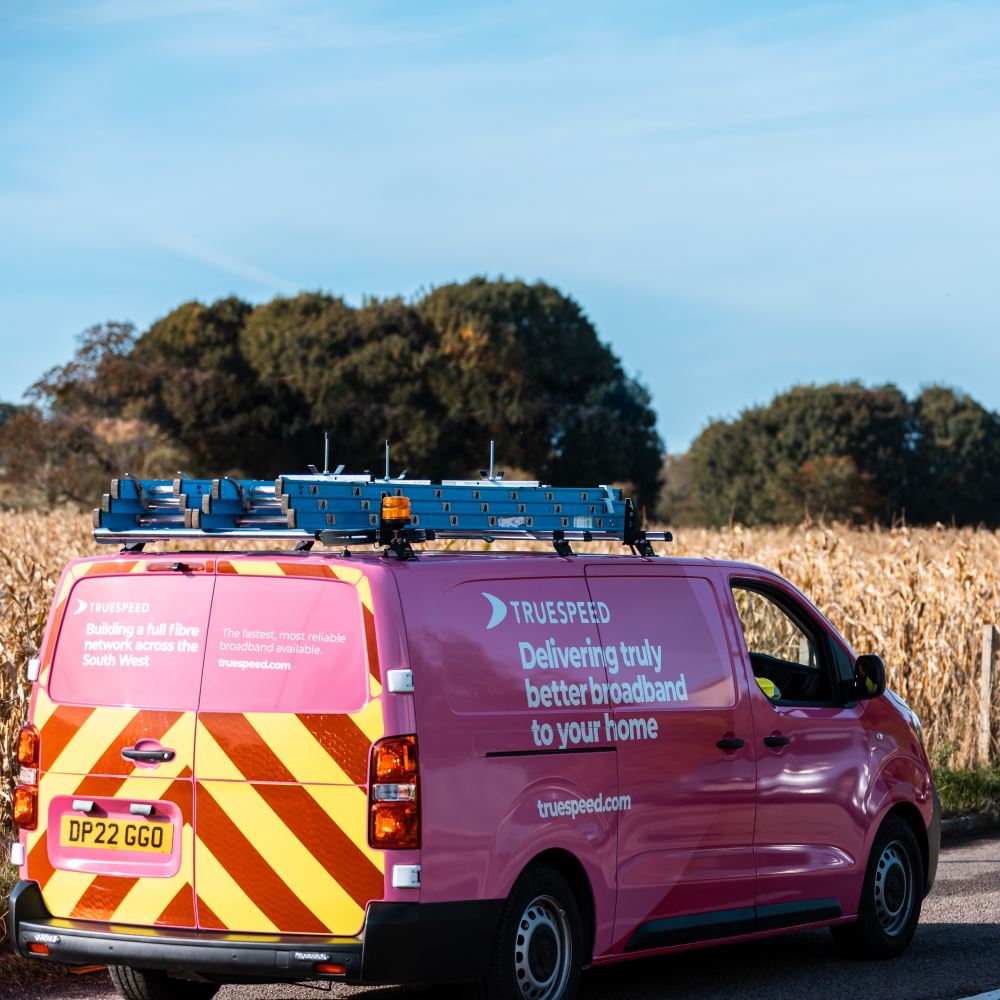
























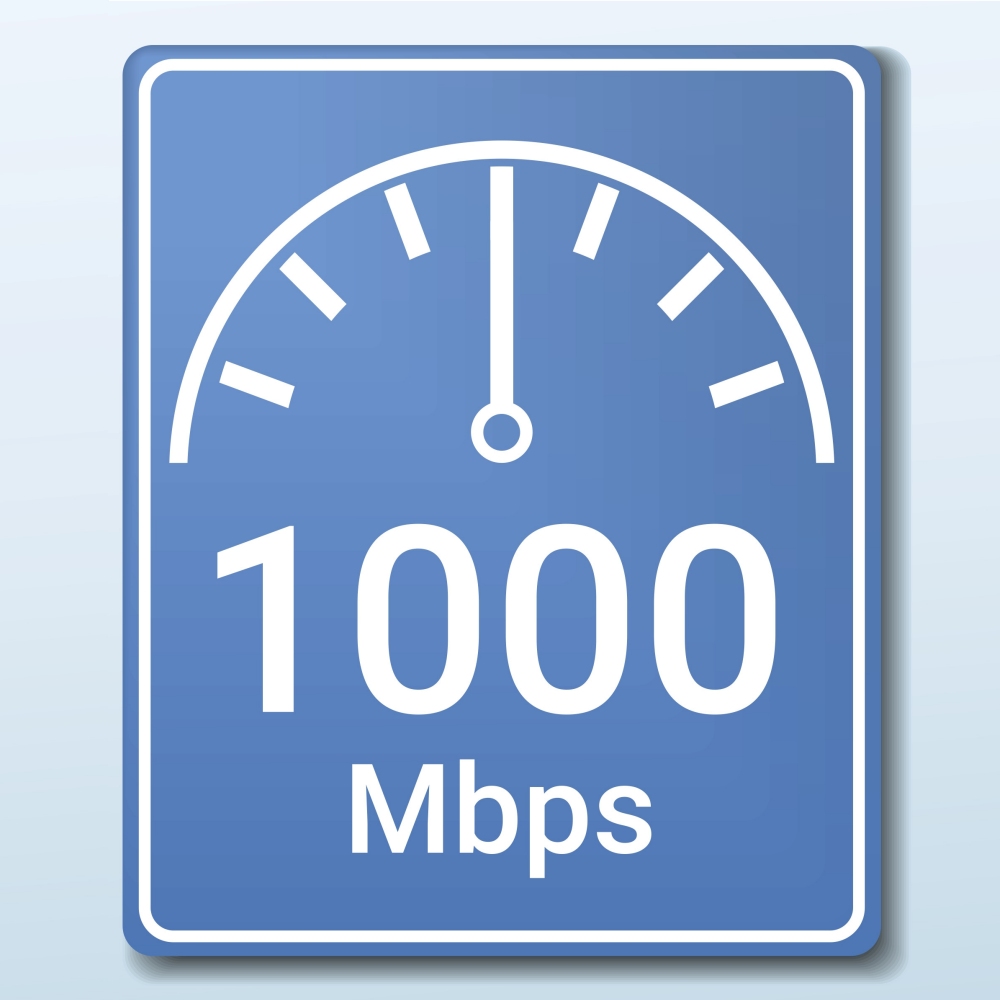
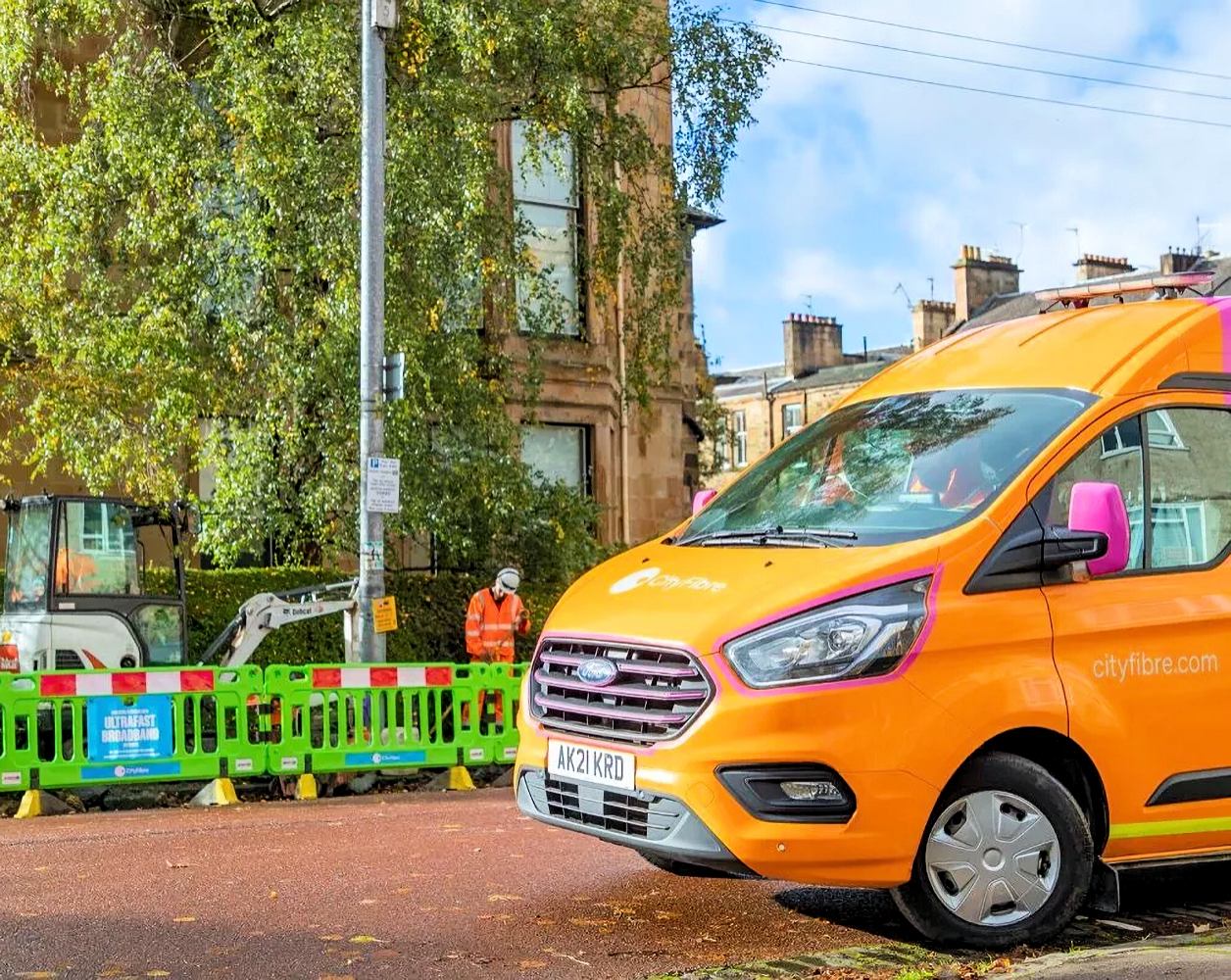





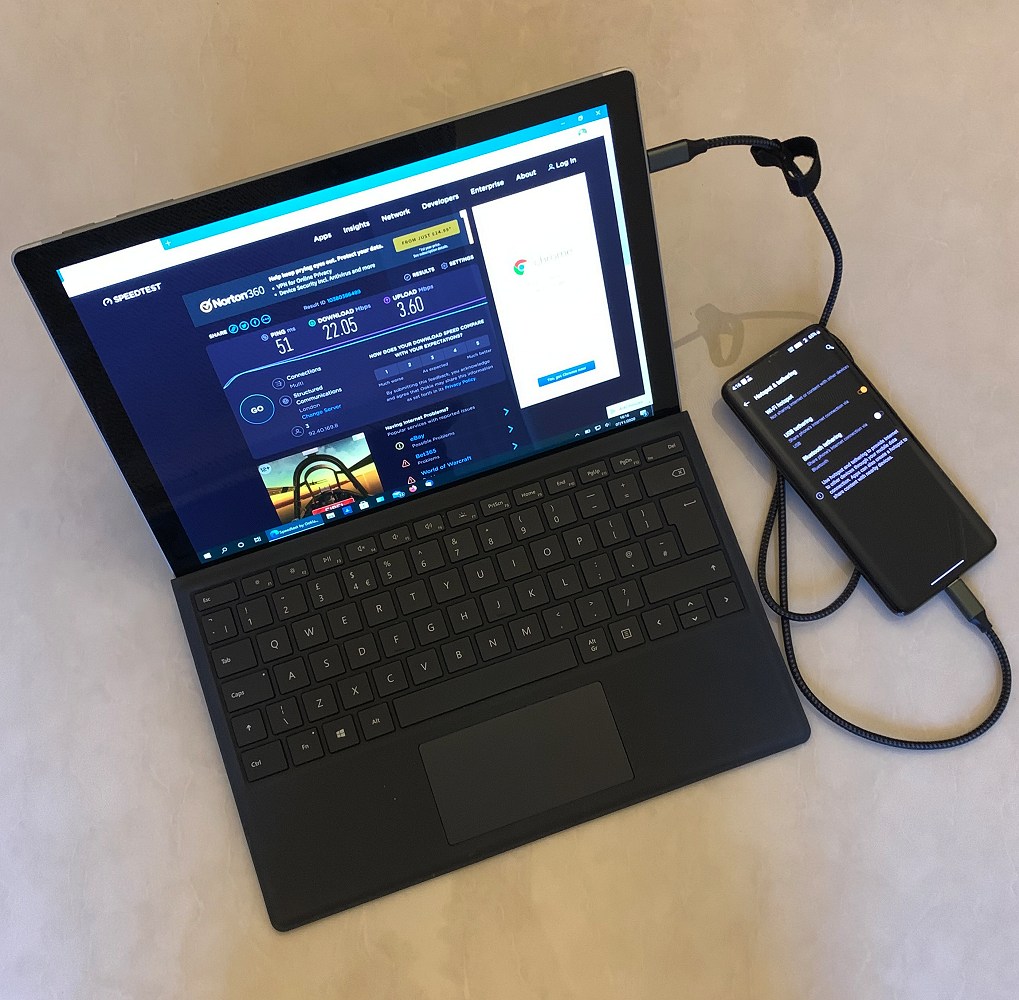


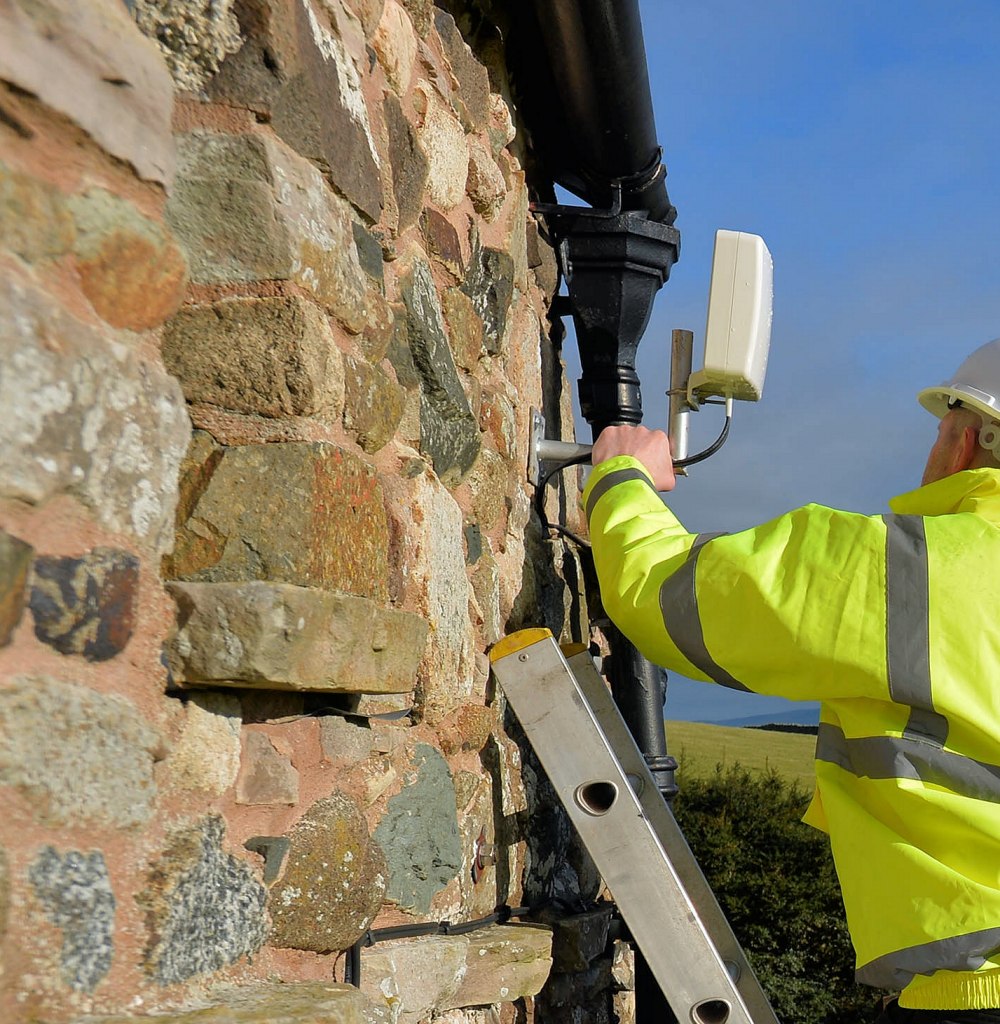
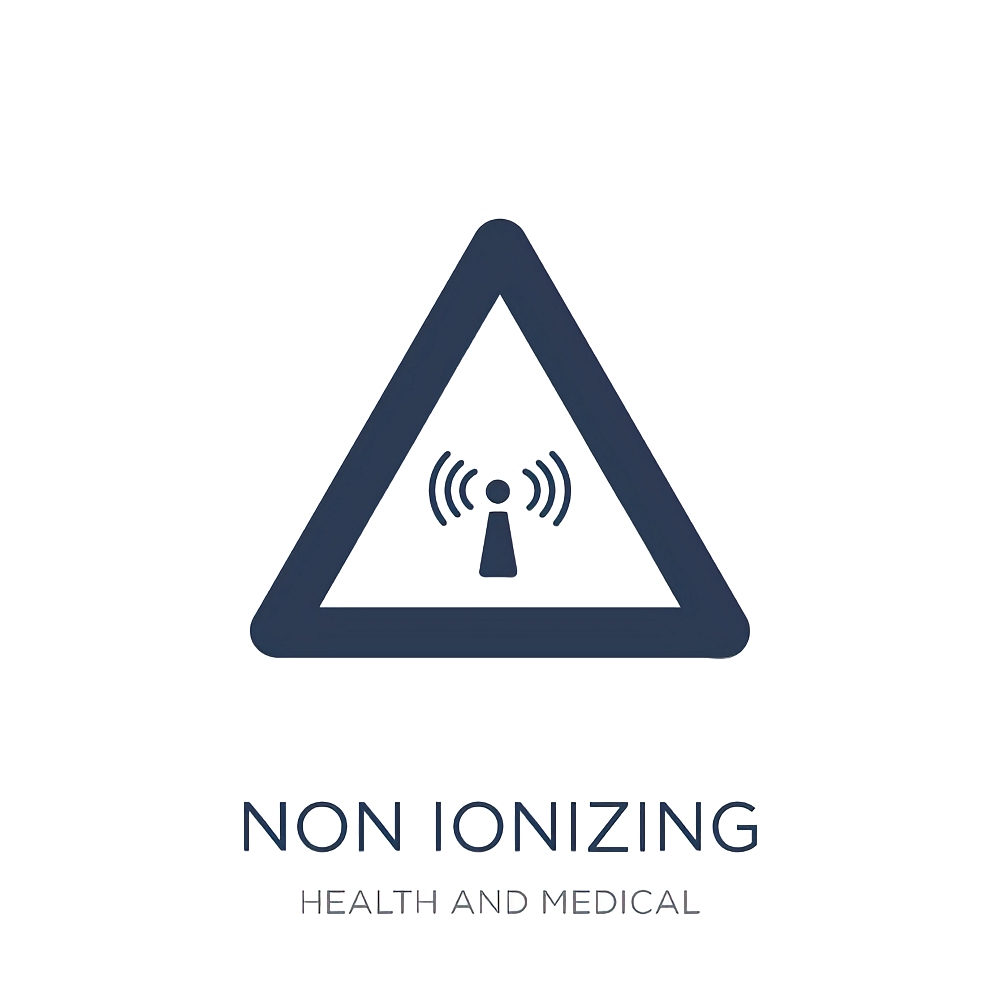








Can anyone explain why Cityfibre are so far down the rankings?
Openreach 94,580 v Cityfibre 109 premises.
As one of the bigger players I was expecting them to be nearer the top.
If you can find any information on CityFibre’s website about how to contact them if you’re a housing developer planning a new site then you win a cookie. Openreach are simply far more proactive in this area.
I’ve attempted to contact Cityfibre a few times, but it was extremely frustrating.
Feels like you’re dealing with a chatbot who’s picking responses from a list of approved answers.
For a company in the Comms industry, they don’t seem to be very good at communicating!
Openreach have great documents on their site as well as staff and processes for new builds. Virgin similarly have a handbook for new sites and a new sites team. CityFibre don’t even have a page on their website for it.
Seems mad when new build sites are much cheaper to deploy to.
Is there a breakdown of how many of these new properties have access to two or more networks eg Openreach, VM, and Hyperoptic all installed during the development build?
Two or more? Don’t be silly, they’ll wait until all the roads and footpaths have been finished neatly before they start digging them up to start over building!
It’s fairly common from 2020/21 a good few of the house builders like Barret, Cala, Belway and a few others now use Openreach, Hyperoptic and Virgin Media or at least 2 out of the 3
VM new builds now unless they’re really tiny are using RFoG but use reverse nodes, turning coax into optical, so are indistinguishable from HFC unless you actually visit the site and look at the install to the homes. This is so that they are ready to go for XGSPON when the network feeding them is upgraded.
“The fact that Virgin Media’s HFC network is also still dominating their FTTP is another surprise”
VM’s HFC network accounts for 89% of its properties passed, so it’s quite understandable that new homes will most likely be located where the HFC network exists. However as the HFC network is gradually replaced by FTTP running XGS-PON and as new FTTP is built, then the number of new homes being served by FTTP will increase.
Would be very interesting to know how many new home customers find themselves saddled with no choice of ISP, and no reasonable term likelihood of being connected to a wholesale network. That would rely on some assumptions about likelihood of over-build on a new development, but could perhaps be done on a rough and ready basis.
I suspect “captive FTTP customers” will become the high speed equivalent of EOL, in the sense that it’ll be modest number of customers who can’t access any choice in service provision, and have to take what they’re given, regardless of price or service quality, but without much of a strategy to address the issue. In the energy sector government are already creating a similar captive customer problems through encouraging heat networks on some new build developments.
It wasn’t that long ago that many developers gave little thought about providing broadband to their homes, an astounding failure given that broadband enhances the desirability of properties. Thankfully this has changed but many people have to wait for someone to provide broadband (obviously much more expensive post-build than during the build) and others find that they have no alternative to FibreNest, the closed fibre ISP owned by Persimmons.
Indeed. But let’s be honest anybody who buys a Persimmon home really ought to know the company’s reputation.
Can anyone recommend the best provider with OFNL to my new build. I am an older person and really don’t understand all the technical jargon. I just want Wi-Fi use my mobile and send and receive emails.
Many thanks